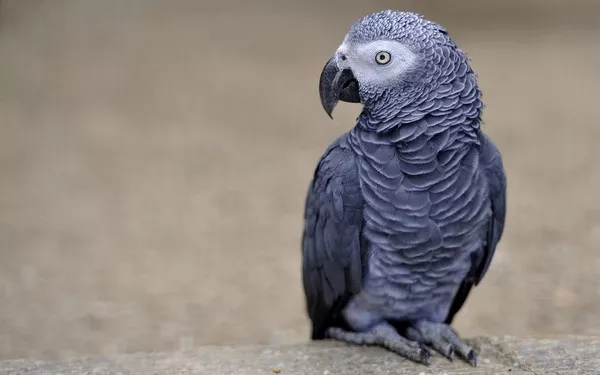African Grey Parrots, scientifically known as Psittacus erithacus, are captivating creatures admired for their remarkable intelligence and ability to mimic human speech. These beautiful birds are native to the dense rainforests and woodlands of the African continent. In this article, we will delve into the natural habitat of African Grey Parrots, discovering the diverse regions they inhabit and the unique characteristics of their wild homes.
-
Geographic Distribution:
African Grey Parrots are found in a wide range of African countries, primarily concentrated in West and Central Africa. Their native range extends from the countries of Ivory Coast, Ghana, and Cameroon in the west, through the Democratic Republic of Congo, Uganda, and Kenya in the central region, and to Tanzania in the east.
-
Rainforest and Woodland Ecosystems:
The primary habitat for African Grey Parrots consists of tropical rainforests and adjacent woodlands. These birds thrive in the dense, evergreen canopies, where they display remarkable agility as they navigate through the branches and foliage. The rainforests provide them with an abundant source of food, shelter, and suitable nesting sites.
-
Congo Basin Rainforest:
One of the key regions where African Grey Parrots are found in significant numbers is the Congo Basin rainforest, the second-largest tropical rainforest in the world. This vast expanse of dense forest covers several countries, including the Democratic Republic of Congo, Gabon, Cameroon, and Equatorial Guinea. The parrots are particularly prevalent in the northern parts of the basin, where they benefit from the diverse vegetation and rich ecosystem.
-
Guinea and Ivory Coast:
In the western regions of Africa, the lush rainforests of Guinea and Ivory Coast provide suitable habitats for African Grey Parrots. These areas are characterized by high rainfall and a variety of tree species, offering the birds a diverse array of fruits, seeds, nuts, and vegetation to feed on. The parrots are known to form communal roosts in large trees, exhibiting their social nature.
-
Central and East Africa:
Moving towards central and eastern Africa, the African Grey Parrots inhabit the woodlands and forests bordering countries such as Cameroon, Uganda, and Tanzania. Here, the parrots adapt to a combination of forested areas and savannahs. The woodlands provide nesting sites, while the nearby savannahs offer additional feeding opportunities, including grass seeds and nuts.
-
Ecological Significance:
The presence of African Grey Parrots in their natural habitat plays a crucial role in maintaining the delicate balance of the ecosystems they inhabit. By consuming a diverse diet of fruits, seeds, nuts, and vegetation, these parrots aid in seed dispersal and contribute to forest regeneration. Their selective feeding habits also influence the composition and distribution of plant species.
-
Threats to Wild Populations:
Sadly, African Grey Parrots face numerous challenges in their natural habitat. The illegal pet trade has been a significant threat, leading to population declines across their range. Habitat loss, caused by deforestation for agriculture and logging, further compounds their vulnerability. Climate change, with its associated effects on rainfall patterns and forest ecosystems, also poses a potential threat to their long-term survival.
Conclusion:
The natural habitat of African Grey Parrots encompasses the captivating rainforests, woodlands, and savannahs of Africa. These intelligent and charismatic birds have adapted to thrive in these diverse ecosystems, showcasing their remarkable abilities and adding to the ecological fabric of the region. As we strive to protect and conserve these magnificent creatures, understanding their wild homes and the challenges they face is paramount. By valuing their natural habitat, we can ensure the survival of African Grey Parrots and celebrate the wonders of the African wilderness they call home.
Recommended reading:

























